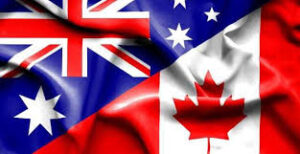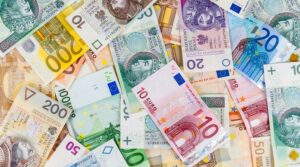If you’ve ever traveled or done business overseas you’ve almost certainly done a currency exchange in the past.
Here we show you how to target an exchange rate for your foreign exchange just like a professional Forex trader, so that you get the best possible rate, and we take you through all the basics you need to know about currencies and dealer quotes.
When you first begin to deal with foreign currencies some of the terminology can be confusing, not to mention how it all works, so let’s try to make it much clearer.
A currency is simply the type of money which is accepted as legal tender in any particular country. E.g. in the United States it’s the US Dollar, in the UK it’s the Great British Pound, and in the 16 countries of the Euro Zone (e.g. France, Germany, Italy, Spain etc) it’s the Euro.
All of these currencies are “floating” against each other in the international money markets and will rise and fall in value relative to each other, usually as a result of events in international business.
In business terminology foreign exchange is called Forex or FX for short. In the currency exchange markets each currency is known by a unique 3 letter abbreviation. Those which you are likely to see most often are the following;
- USD United States Dollar
- EUR Euro
- GBP Great British Pound
- JPY Japanese Yen
- CAD Canadian Dollar
- AUD Australian Dollar
- CHF Swiss Franc
- SGD Singapore Dollar
- NZD New Zealand Dollar
- ZAR South African Rand


